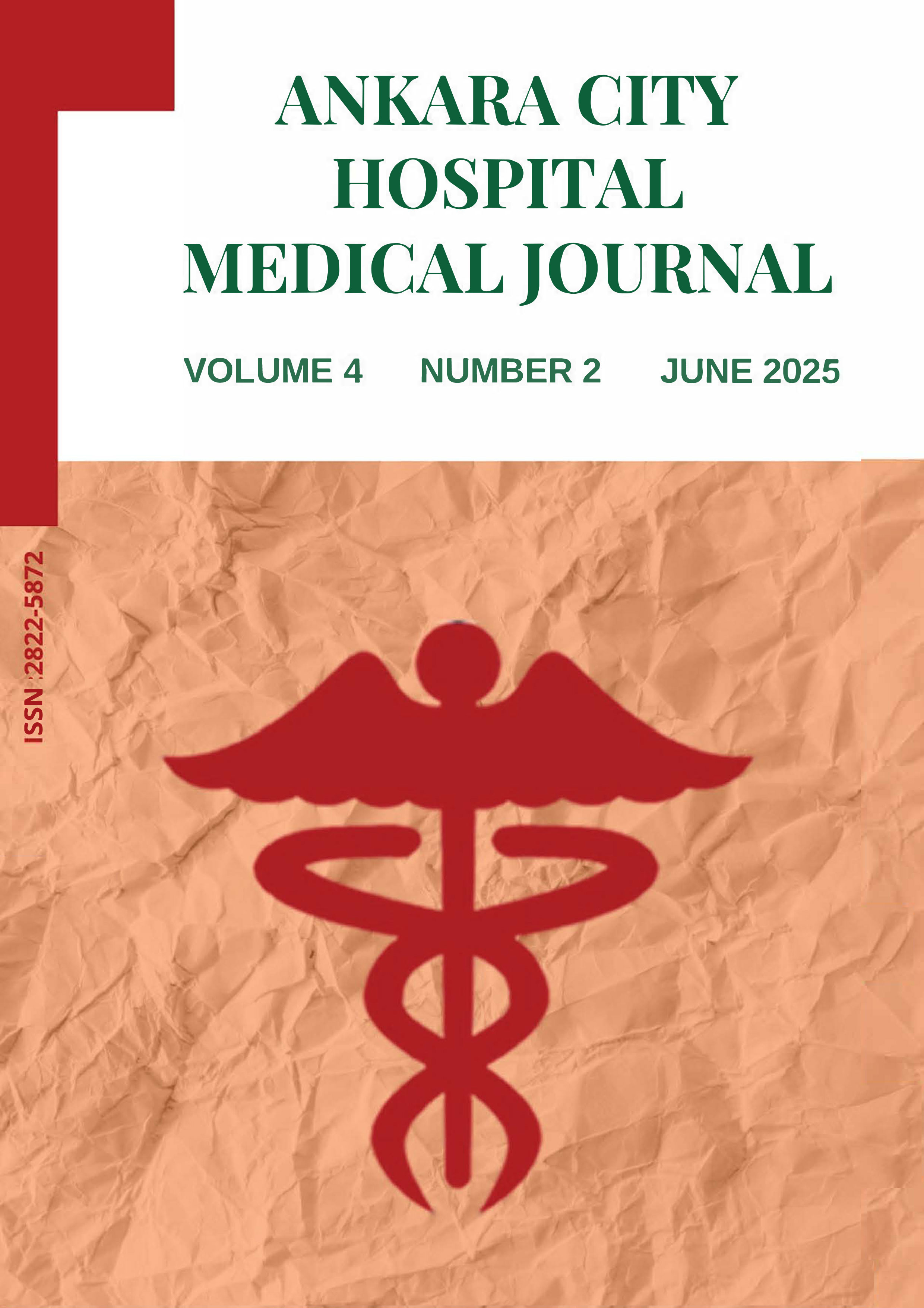
A rare case of subacute thyroiditis presenting as severe neck pain and otalgia
Serdar Olt, Yeşim YıldırımDepartment of Internal Medicine, Adiyaman University, Adıyaman, TurkiyeIntroduction: Subacute thyroiditis (de Quervain’s thyroiditis) is a clinical disorder characterized by inflammation of the thyroid tissue. It is the most common cause of painful thyroid disease. Although its etiology is not fully understood, it is mainly caused by viral infections.
Case: A 41-year-old male patient presented to the internal medicine outpatient clinic complaining of severe pain on the left side of the face and ear a few weeks after an upper respiratory tract infection. The pain started in the neck and spread to the jaw and ear. It was continuous and seemed to increase with head movements and chewing. On physical examination, the thyroid gland was palpable and several cervical lymph nodes less than 1 cm in diameter were found. In addition, all other findings on systemic physical examination and vital signs were normal.Laboratory data revealed the following: TSH level 0.02 mIU/L (N: 0.34-5.60mIU/L), free T4 level: 2.53 ng/dL (N: 0.61-1.48 ng/dL), free T3 level 6.42 ng/L (N: 2.3-4.2 ng/L), erythrocyte sedimentation rate (ESR) 67 mm/h (N: 0-20 mm/h), C-reactive protein level (CRP) 13.6 mg/dL (0-0.8 mg/dL). Thyroid ultrasonography was non-specific. Scintigraphic examination reported a marked decrease in thyroid activity, loss of contour clarity and lack of involvement of the thyroid parenchyma. Tc99m pertechnetate showed no uptake in the thyroid gland, and scintigraphic examination revealed subacute thyroiditis. Based on the patient’s physical examination and the laboratory and imaging studies performed on him, a diagnosis of subacute thyroiditis was made. Methylprednisolone was prescribed at a dose of 32 mg, which was gradually (The dose is reduced by half at one-week intervals) reduced and then discontinued at weekly follow-up visits after diagnosis. During th e follow-up period, notable improvement was observed in the patient’s laboratory values.
Manuscript Language: English
(152 downloaded)









